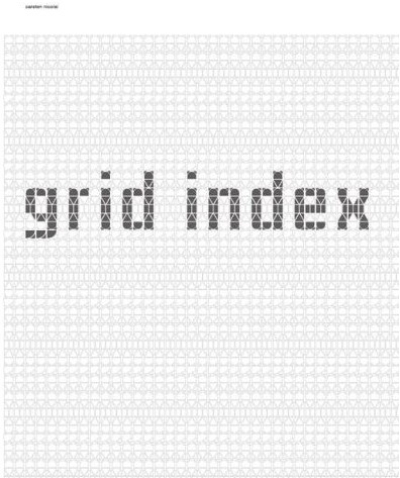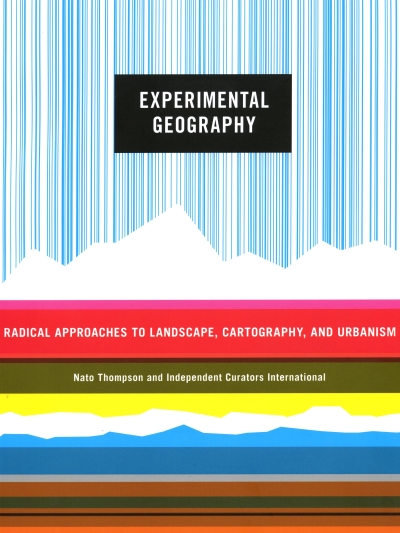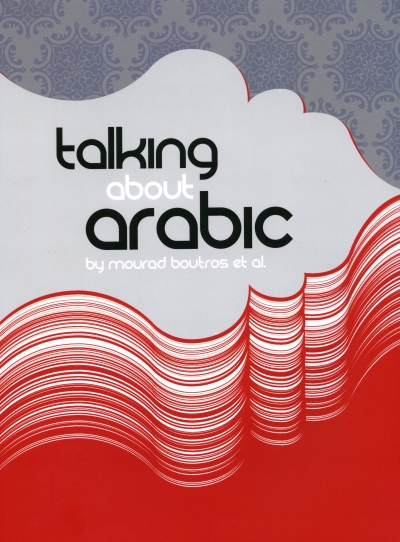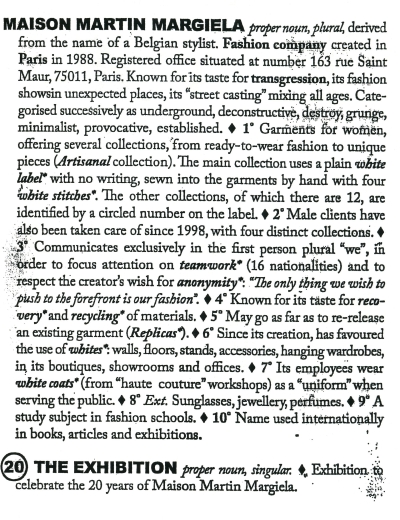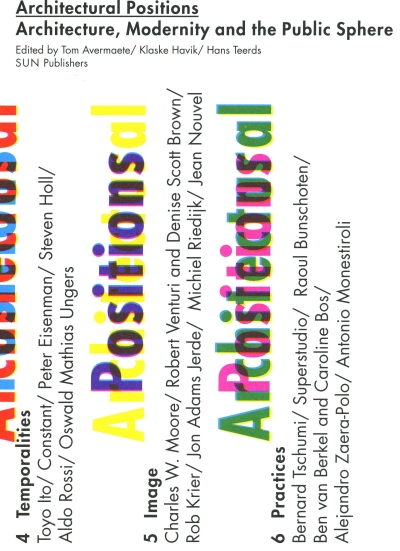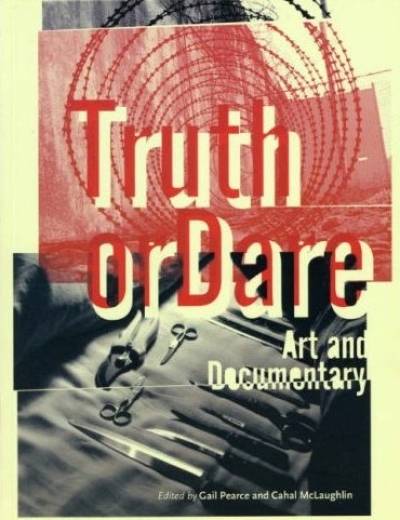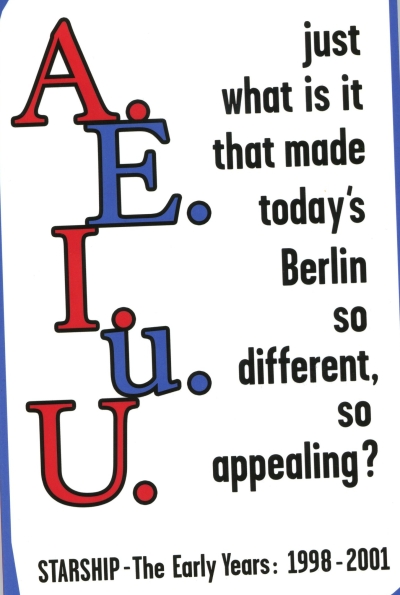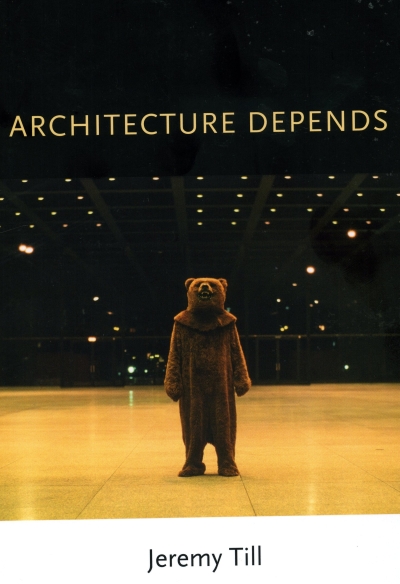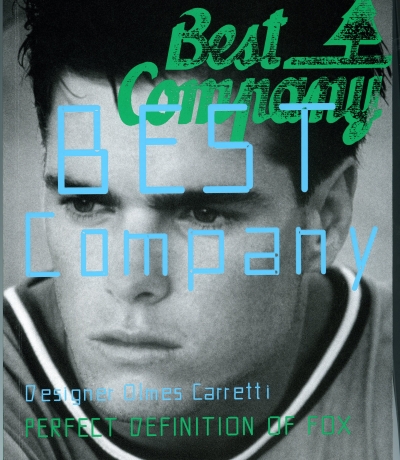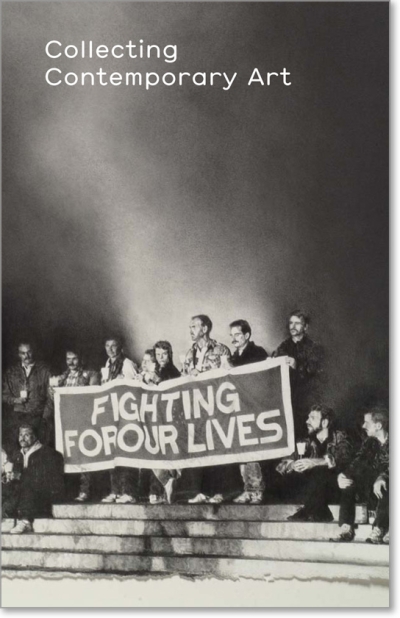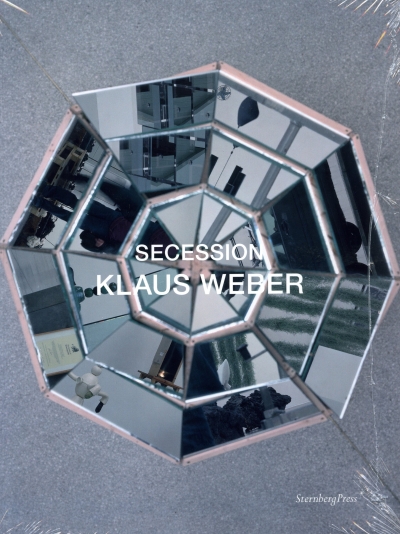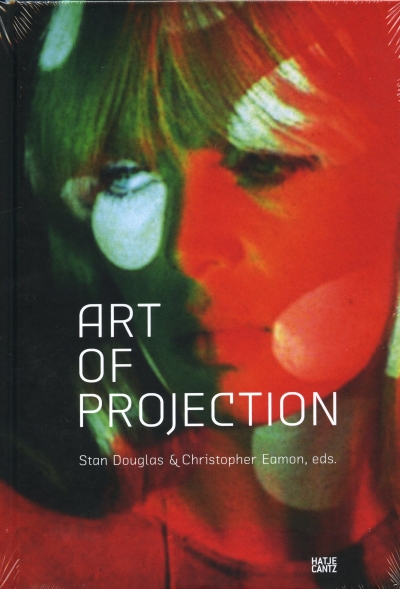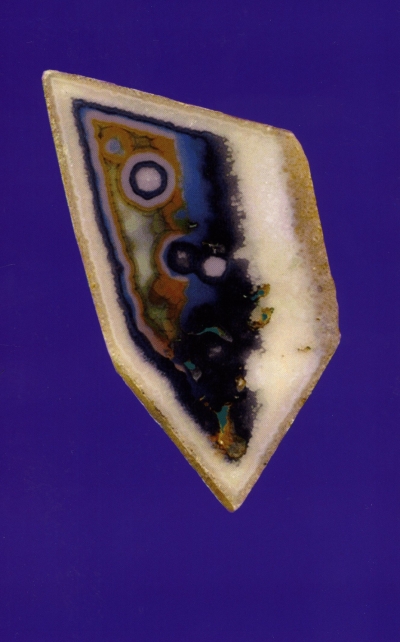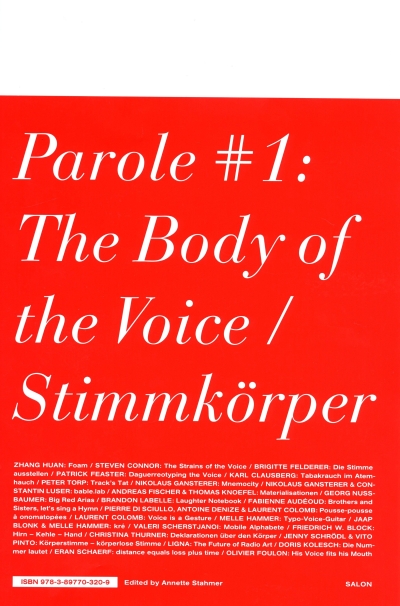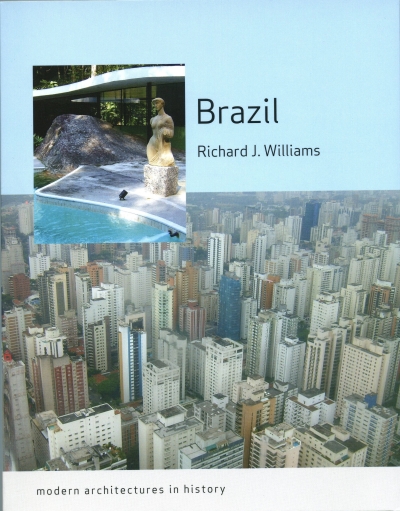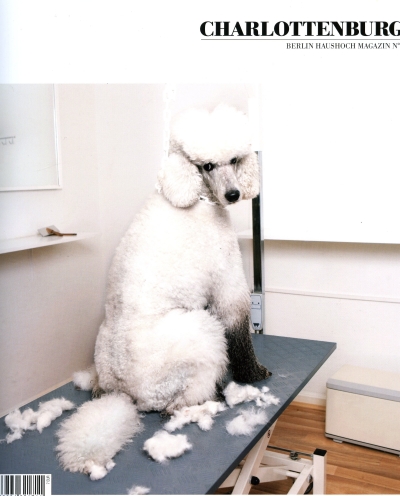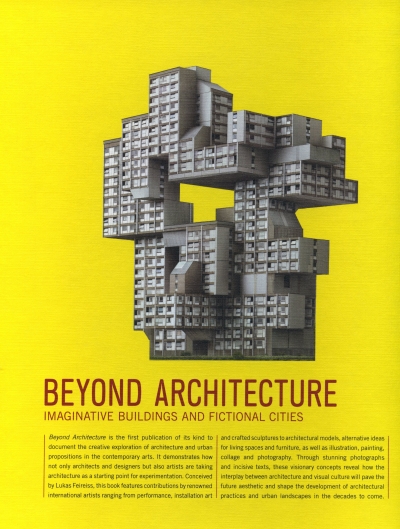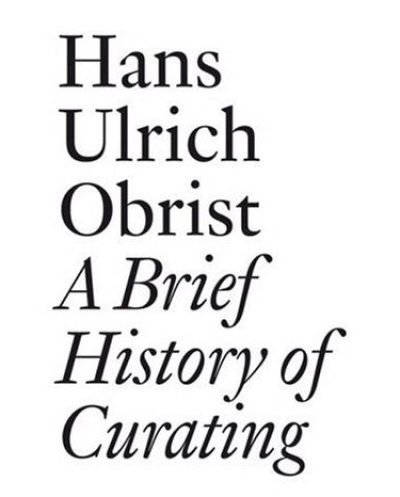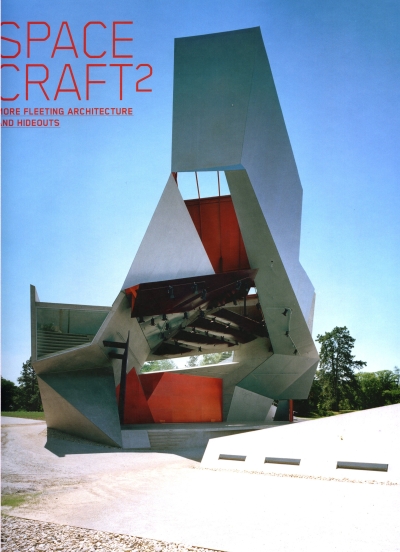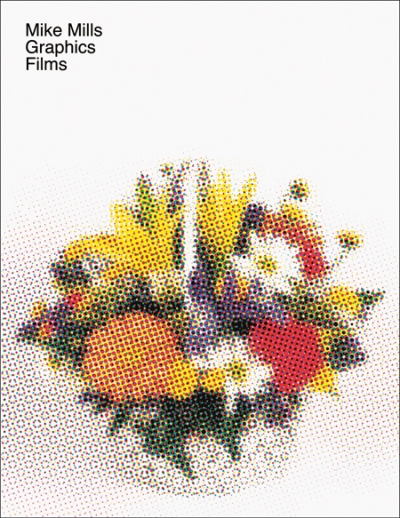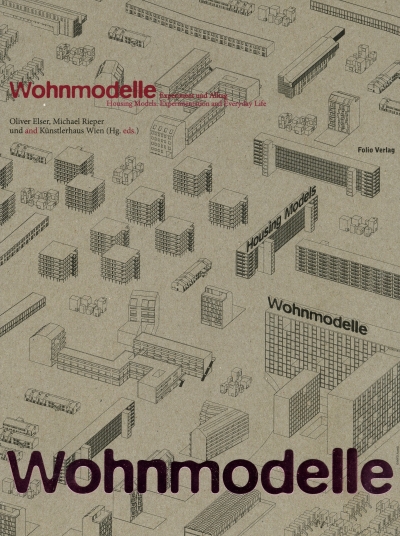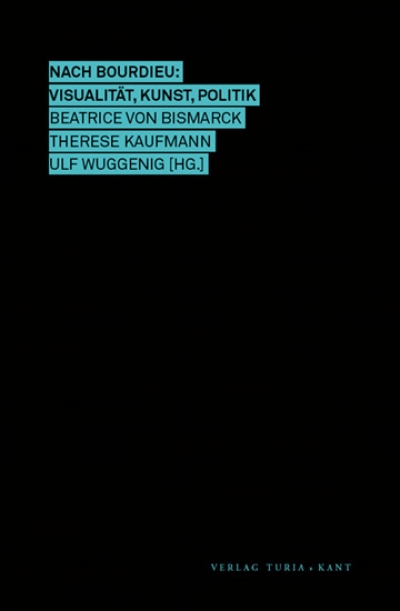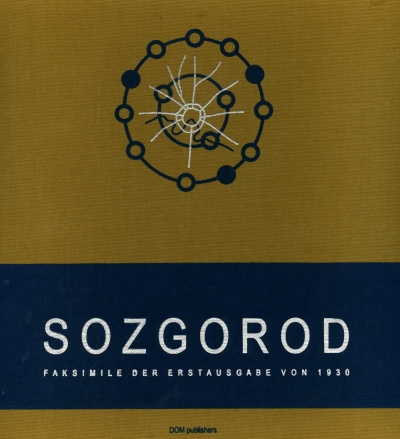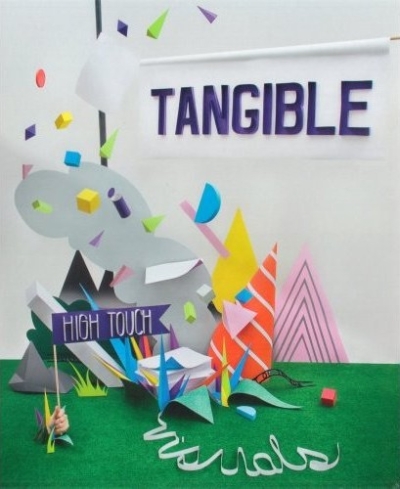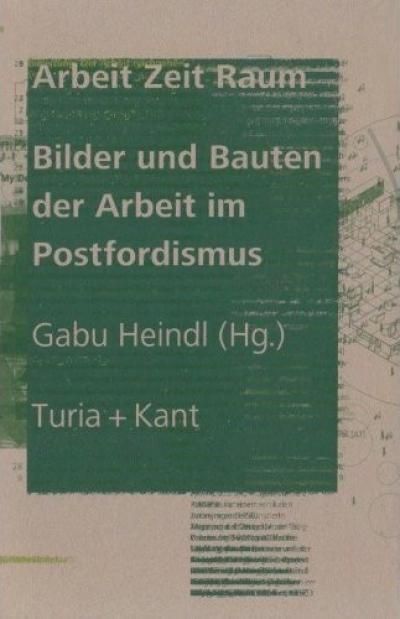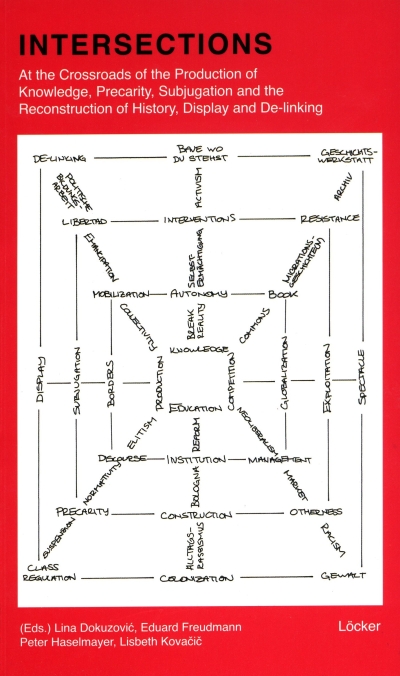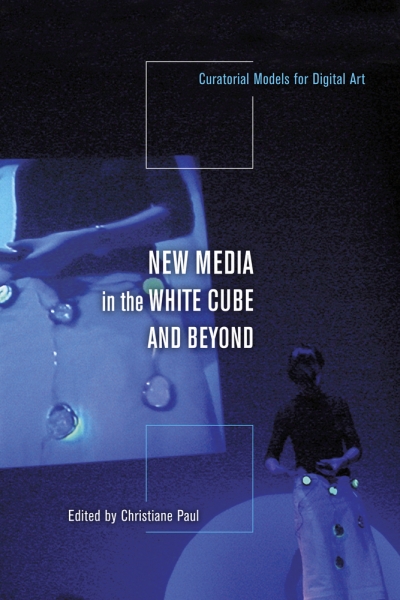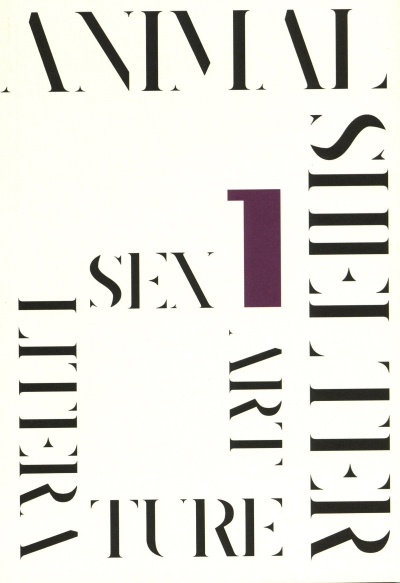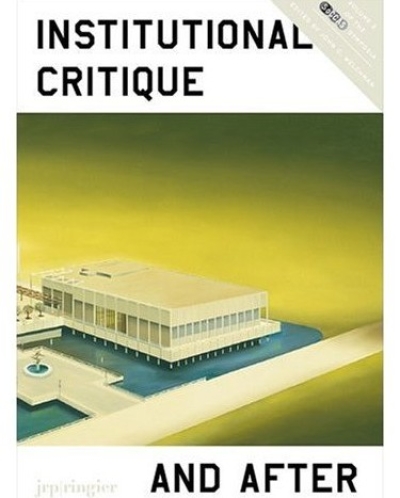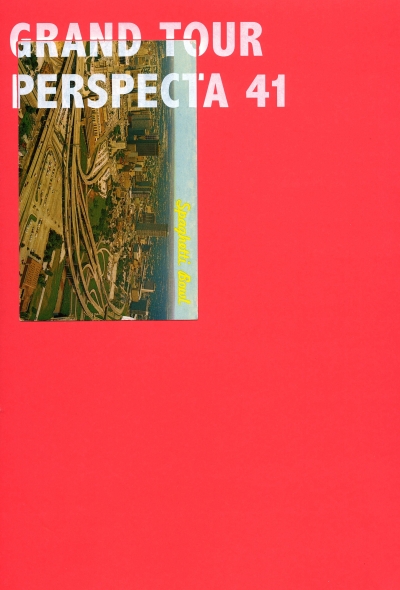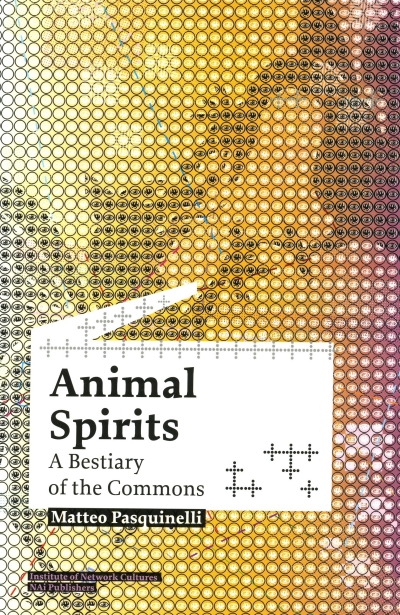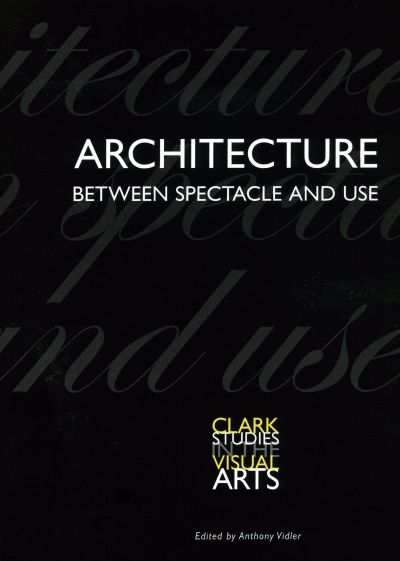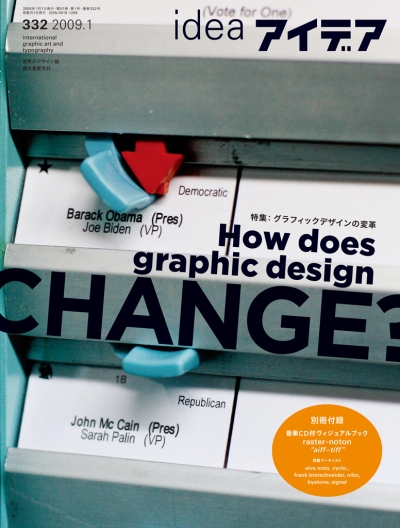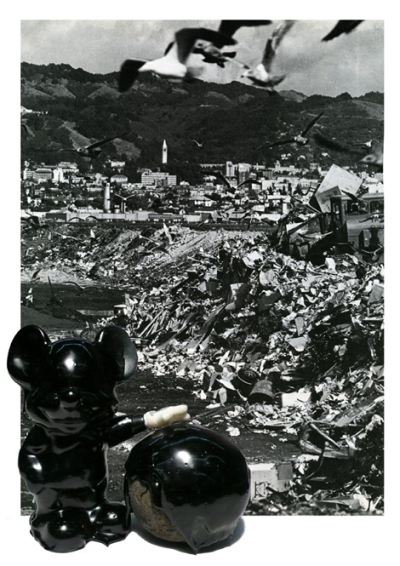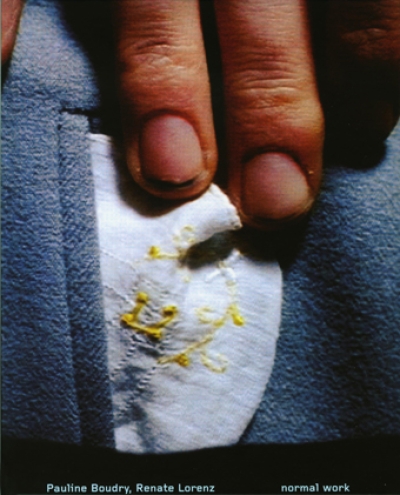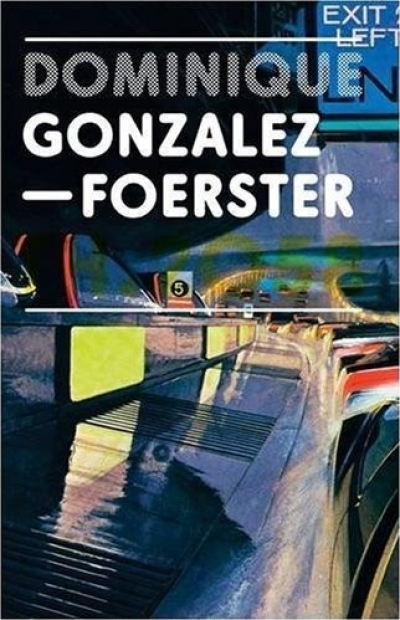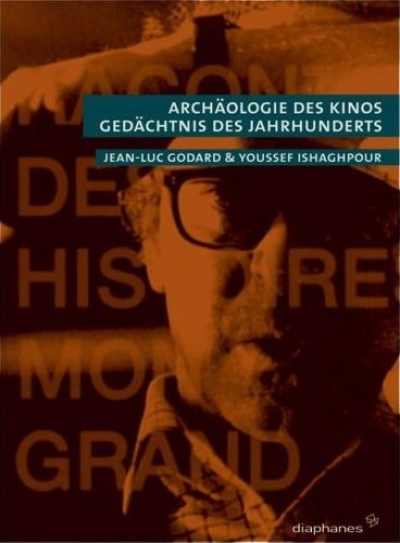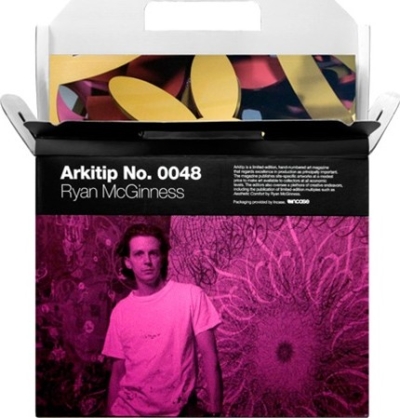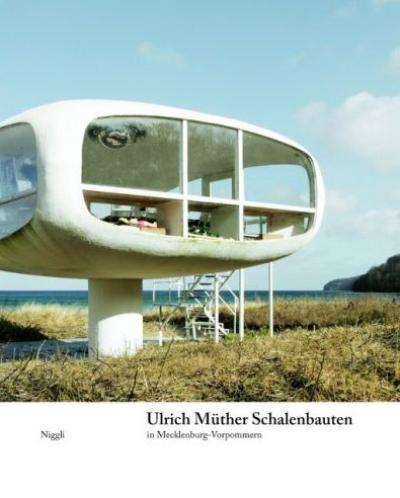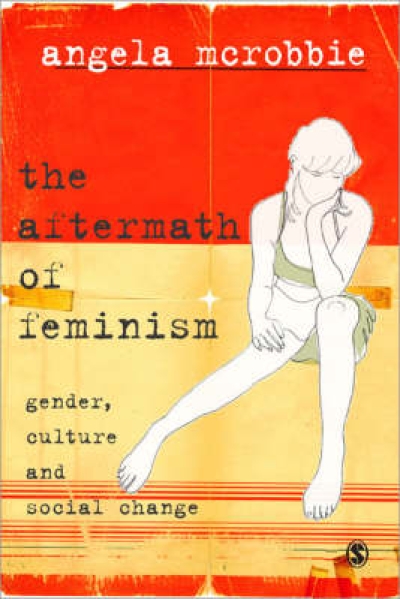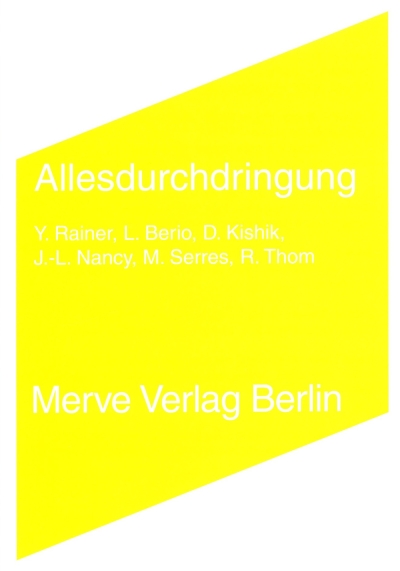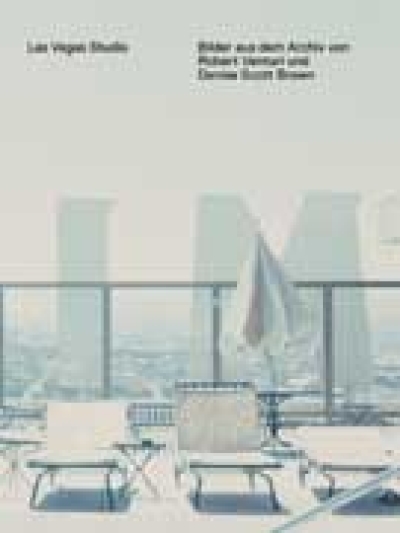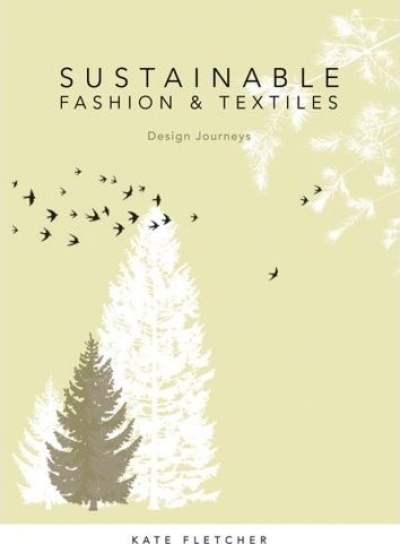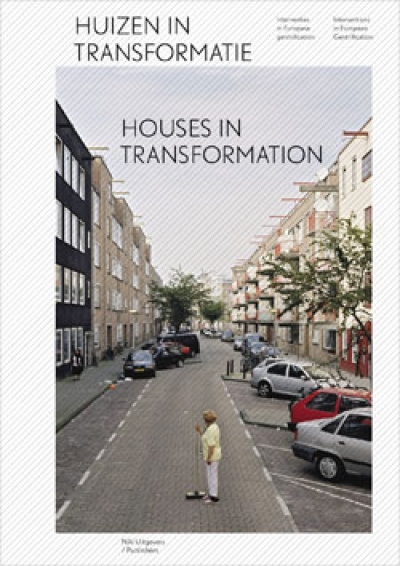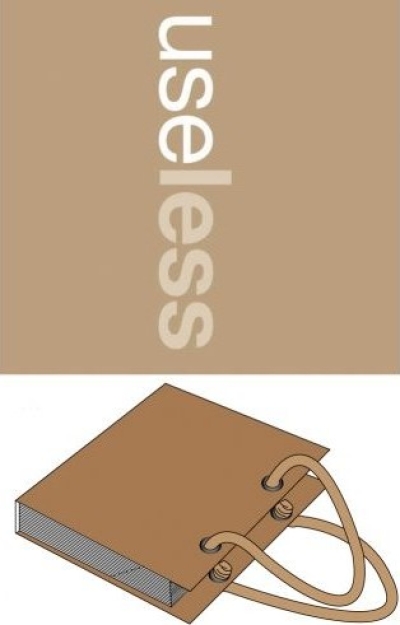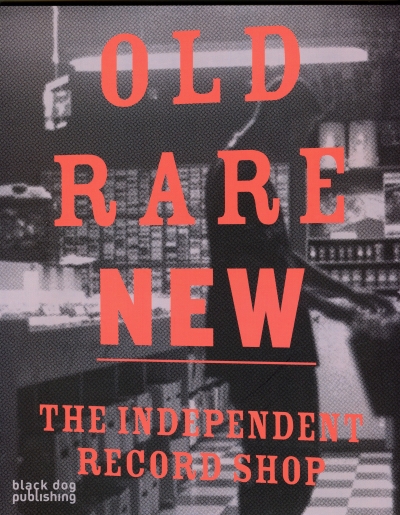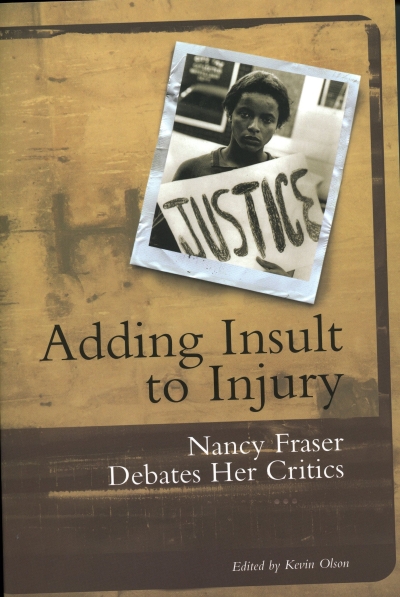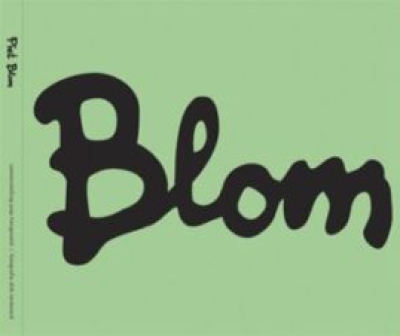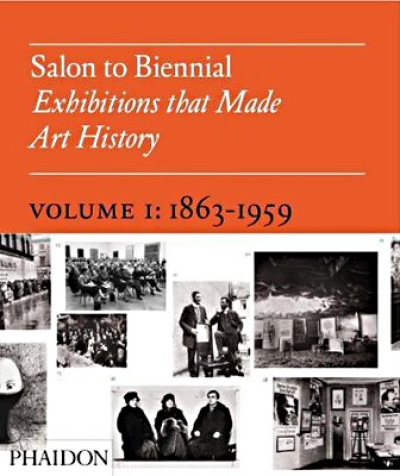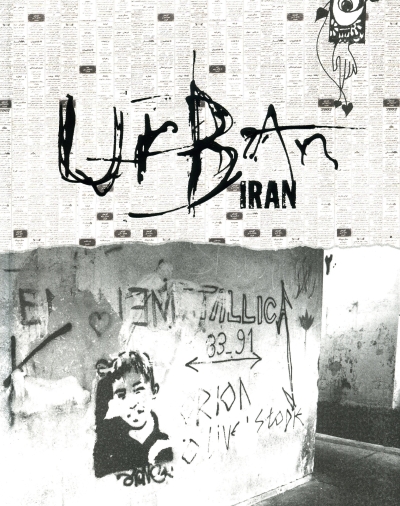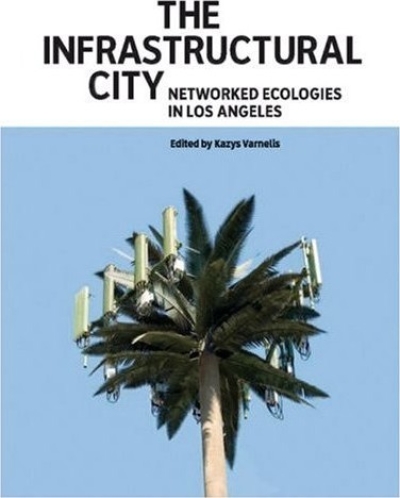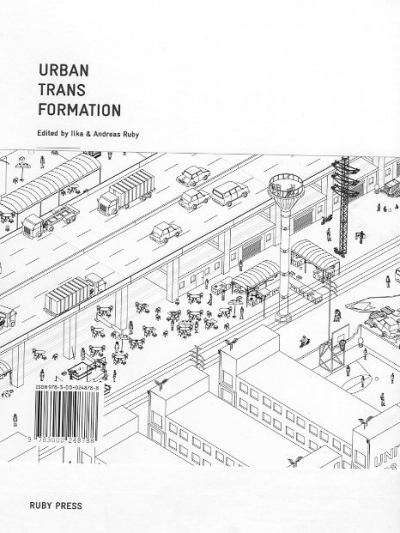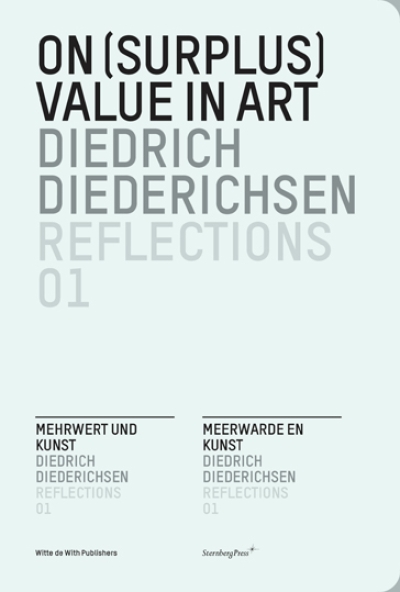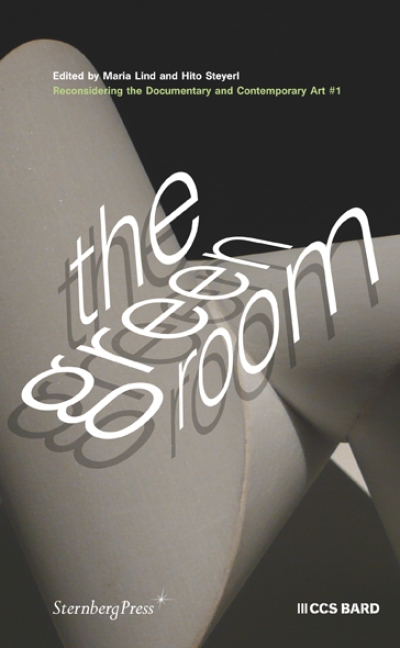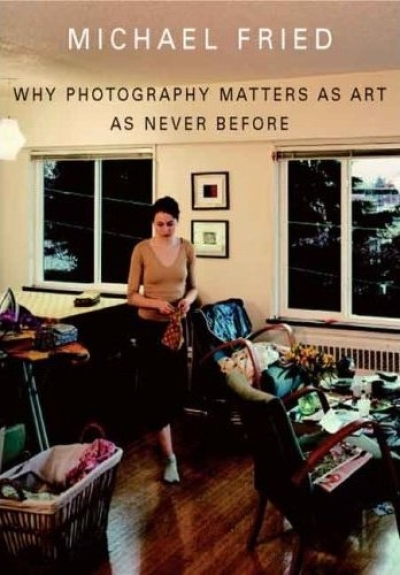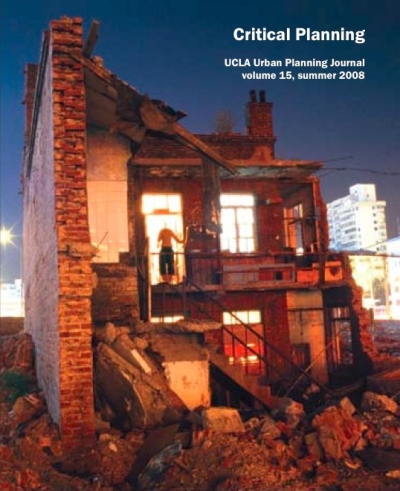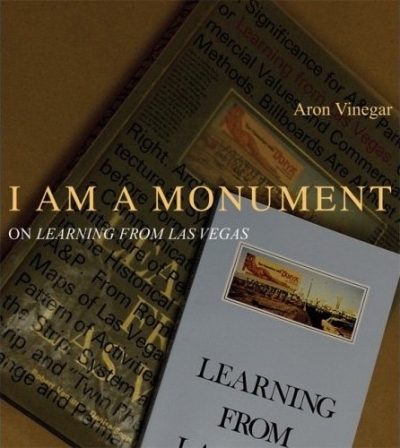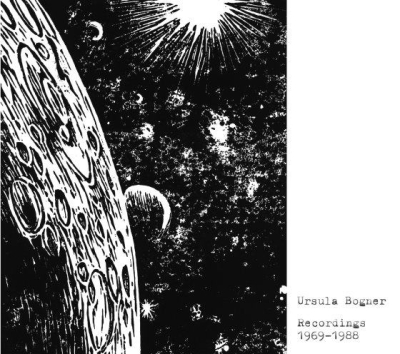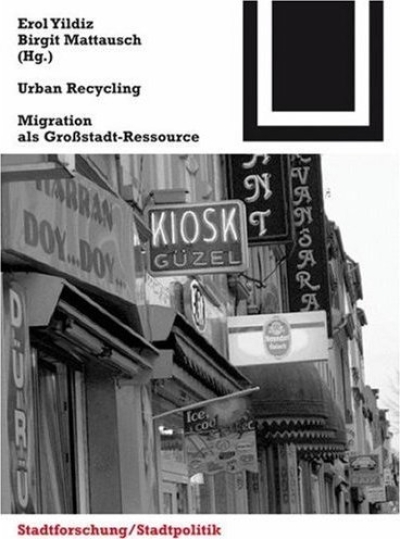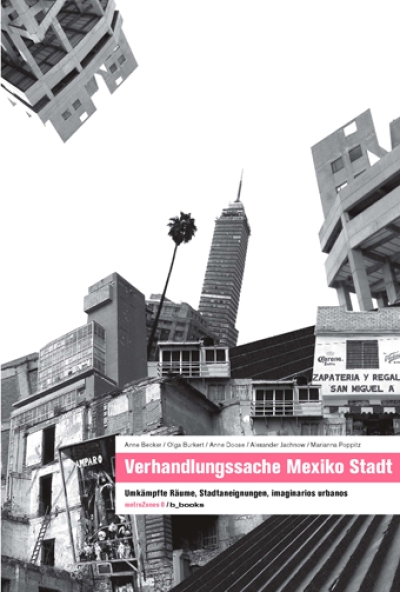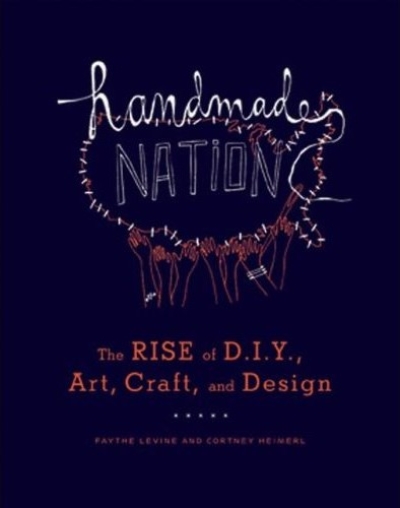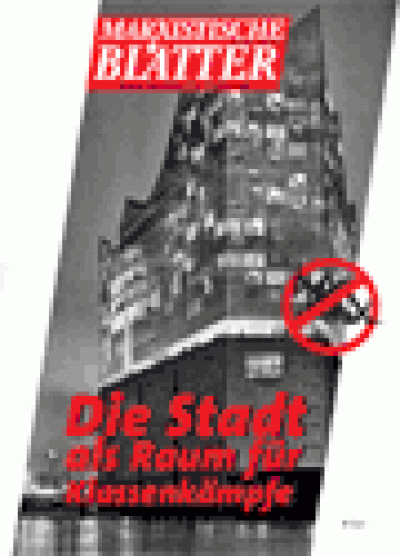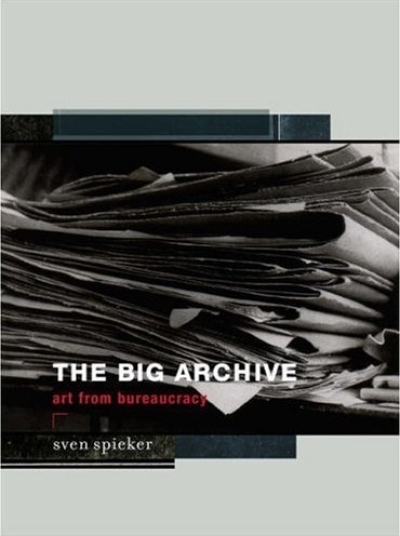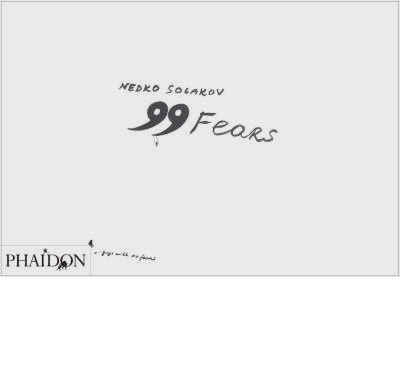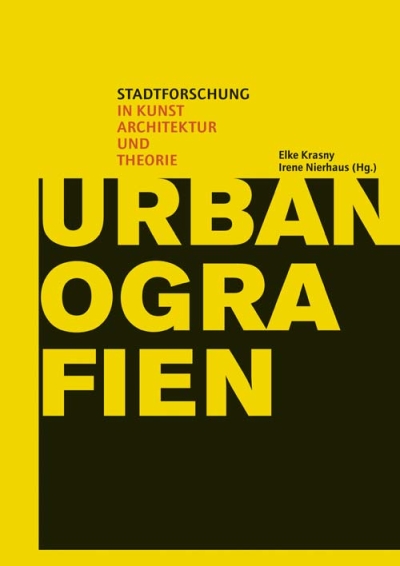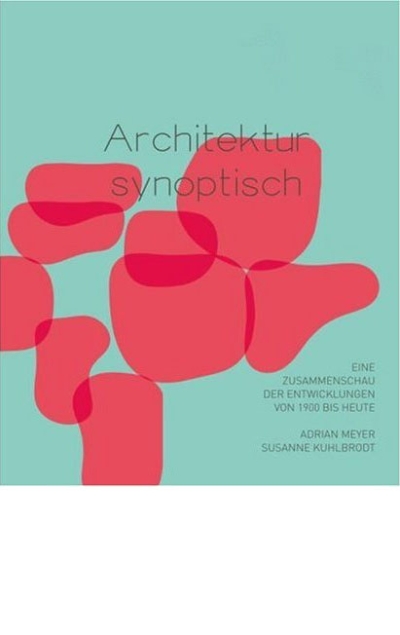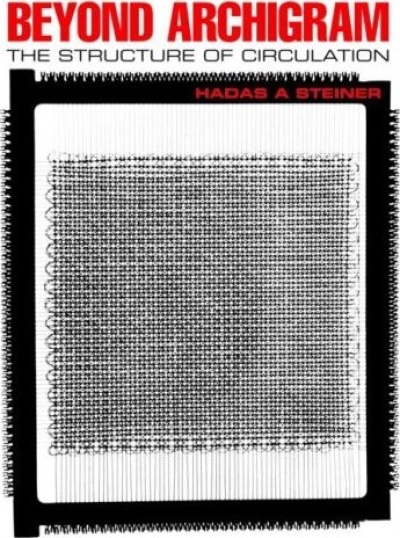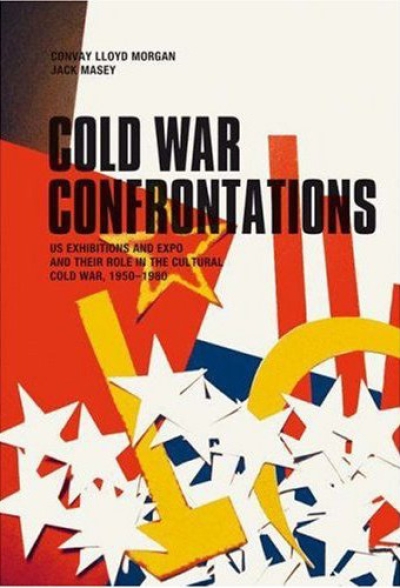Carsten Nicolai
Grid Index
Nato Thompson (Hg.)
Experimental Geography. Radical Approaches to Landscape,…
Mourad Boutros et al.
Talking about Arabic (Dot-Font)
MoMu (Hg.)
Maison Martin Margiela 20. The Exhibition
Jens Müller, Karen Weiland, Dt.…
Film Kunst Grafik. Ein Buch zur neuen deutschen Filmgrafik…
Tom Avermaete, Klaske Havik, Hans…
Architectural Positions. Architecture, Modernity and the…
Gail Pearce, Cahal McLaughlin (Hg.)
Truth or Dare. Art or Documentary
Hans-Christian Dany, Martin Ebner,…
Starship - The Early Years 1998 - 2001
Alain Badiou
Conditions
Jeremy Till
Architecture Depends
Olmes Carretti
Vier5. Best Company
Andrea Bellini (Hg.)
Collecting Contemporary Art
Alex Farquharson, Clemens Krümmel,…
Klaus Weber. Secession
Stan Douglas, Christopher Eamon (Hg.)
Art of Projection
Mariana Castillo Deball
Kaleidoscopic Eye
Annette Stahmer (Hg.)
Parole #1. The Body of the Voice / Stimmkörper (inkl. CD)
Richard J. Williams
Brazil. Modern Architectures in History
Horst Bredekamp, Birgit Schneider, Vera…
Das technische Bild. Kompendium für eine Stilgeschichte…
Berlin Haushoch Magazin Nr. 3
Charlottenburg
R. Klanten, L. Feireiss (Hg.)
Beyond Architecture. Imaginative Buildings and Fictional…
Hans Ulrich Obrist
A Brief History of Curating
R. Klanten, L. Feireiss (Hg.)
Spacecraft 2. More Fleeting Architecture and Hideouts
Aaron Rose (Hg.)
Mike Mills. Graphics Films
Oliver Elser, Michael Pieper,…
Wohnmodelle. Experiment und Alltag
Beatrice von Bismarck, Therese Kaufmann…
Nach Bourdieu. Visualität, Kunst und Politik
Nikolaj Miljutin
Sozgorod. Faksimile der Erstausgabe von 1930
A. Deuber-Mankowsky, C. Holzhey, A.…
Der Einsatz des Lebens
David J. Gibson
The Wayfinding Handbook. Information Design for Public…
George E. Lewis
A Power Stronger Than Itself. The AACM and American…
Nicholas Fox Weber
Le Corbusier. A Life
Cesare Casarino, Antonio Negri
In Praise of the Common. A Conversation on Philosophy and…
Dominikus Müller, Kito Nedo
Das Beste aus 2007
R. Klanten, S. Ehmann, M. Hübner (Hg.)
Tangible. High Touch Visuals
Gabu Heindl (Hg.)
Arbeit Zeit Raum. Bilder und Bauten der Arbeit im…
Lina Dokuzovic, Eduard Freudmann, Peter…
Intersections. At the Crossroads of the Production of…
Christiane Paul (Hg.)
New Media in the White Cube and Beyond. Curatorial Models…
Hedi El Kholti, Paul Gellman (Hg.)
Animal Shelter. Art, Sex & Literature, Issue 1
John C. Welchman (Hg.)
Institutional Critique and After. SoCCAS Symposium Volume…
Guy Debord
Correspondence. The Foundation of the Situationist…
Gabrielle Brainard, Rustam Mehta,…
Perspecta 41. Grand Tour. The Yale Architectural Journal
Daniel Birnbaum, Anders Olsson
As a Weasel Sucks Eggs. An Essay on Melancholy and…
Schoonderbeek, Geers, Patteeuw,…
OASE 75. 25 years of critical Reflection on Architecture
Matteo Pasquinelli
Animal Spirits. A Bestiary of the Commons
Anthony Vidler (Hg.)
Architecture Between Spectacle and Use
IDEA Magazine
IDEA 332. How does graphic design CHANGE?
Bogh, Grunnet, Hansen, Henriksen,…
SUM Nr. 5
Pauline Boudry, Renate Lorenz
Normal Work
Jessica Morgan (Hg.)
Th 2058. Dominique Gonzalez-Foerster
Jean-Luc Godard, Youssef Ishaghpour
Archäologie des Kinos, Gedächtnis des Jahrhunderts
Arkitip No. 0048
Ryan McGinness
Victor Papanek
Design für die reale Welt. Anleitungen für eine humane…
Rahel Lämmler, Michael Wagner
Ulrich Müther. Schalenbauten in Mecklenburg-Vorpommern
Angela McRobbie
The Aftermath of Feminism. Gender, Culture and Social Change
Y. Rainer, L. Berio, D. Kishik, J.-L.…
Allesdurchdringung. Texte, Essays, Gespräche über den Tanz
Hilar Stadler, Martino Stierli
Las Vegas Studio. Bilder aus dem Archiv von Robert Venturi…
David Crowley, Jane Pavitt (Hg.)
Cold War Modern Design 1945-1970
Kate Fletcher
Sustainable Fashion and Textiles. Design Journeys
J. Berg, T. Kaminer, M. Schoonderbeek,…
Houses in Transformation. Interventions in European…
Max Dax
Dreißig Gespräche
Jackson Tan (Hg.)
Utterubbish. A Collection of Useless Ideas
Emma Pettit, Nadine Kathe Monem, Rita…
Old, Rare, New. The Independent Record Shop
Kevin Olson (Hg.)
Adding Insult to Injury. Nancy Fraser Debates Her Critics.
Hengedeld, Strauven, Bloom (Hg.)
Piet Blom. Monograph
Bruce Altshuler (Hg.)
Salon to Biennial. Exhibitions that Made Art History. Vol. 1
Salar Abdoh
Urban Iran
Bryan Bell, Katie Wakeford (Hg.)
Expanding Architecture. Design as Activism
Martina Löw
Soziologie der Städte
Kazys Varnelis (Hg.)
The Infrastructural City. Networked Ecologies in Los Angeles
Steffen Sauerteig, Svend Smital, Kai…
eBoy. Pixorama
Ilka & Andreas Ruby (Hg.)
Urban Transformations
Jörg Schröder, Barbara Kalender
Schröder erzählt
Diedrich Diederichsen
On (Surplus) Value in Art. Reflections 01
Maria Lind, Hito Steyerl (Hg.)
The Greenroom. Reconsidering the Documentary and…
Michael Fried
Why Photography Matters as Art as Never Before
Ava Bromberg (Hg.)
Critical Planning. UCLA Urban Planning Journal Vol. 15
Aron Vinegar
I Am a Monument. On Learning from Las Vegas
Christian Marazzi
Capital and Language. From the New Economy to the War…
Ralph Heidenreich, Stefan Heidenreich
Mehr Geld
Dietmar Kammerer
Bilder der Überwachung
Faitiche, Jan Jelinek (Hg.)
Ursula Bogner. Recordings 1969 - 1988 CD
Erol Yildiz, Birgit Mattausch (Hg.)
Urban Recycling. Migration als Großstadt-Ressource
Gerrit Terstiege (Hg.)
Drei D. Grafische Räume
Anne Becker, Olga Burkert, Anne Doose,…
Verhandlungssache Mexiko Stadt. Umkämpfte Räume,…
Michel Serres
Aufklärungen. Fünf Gespräche mit Bruno Latour
Faythe Levine, Cortney Heimerl
Handmade Nation. The Rise of DIY, Art, Craft, and Design
Marxistische-Blätter
Die Stadt als Raum für Klassenkämpfe
Sven Spieker
The Big Archive. Art From Bureaucracy
Thomas Meinecke
Jungfrau
Jane Pavitt
Fear and Fashion in the Cold War
Suzaan Boettger (Hg.)
Nedko Solakov. 99 Fears
Grada Kilomba
Plantation Memories. Episodes of Everyday Racism
Rainald Goetz
Klage
Beatriz Da Costa, Kavita Philip (Hg.)
Tactical Biopolitics. Art, Activism, and Technoscience
Elke Krasny, Irene Nierhaus (Hg.)
Urbanografien. Stadtforschung in Kunst, Architektur und…
Anna Schober
Ironie, Montage, Verfremdung. Ästhetische Taktiken und die…
Meyer, Kuhlbrodt, Aeberhard (Hg.)
Architektur synoptisch. Zusammenschau der…
Hadas A. Steiner
Beyond Archigram. The Structure of Circulation
Jack Masey, Conway Lloyd Morgan
Cold War Confrontations. US Exhibitions and their Role in…

